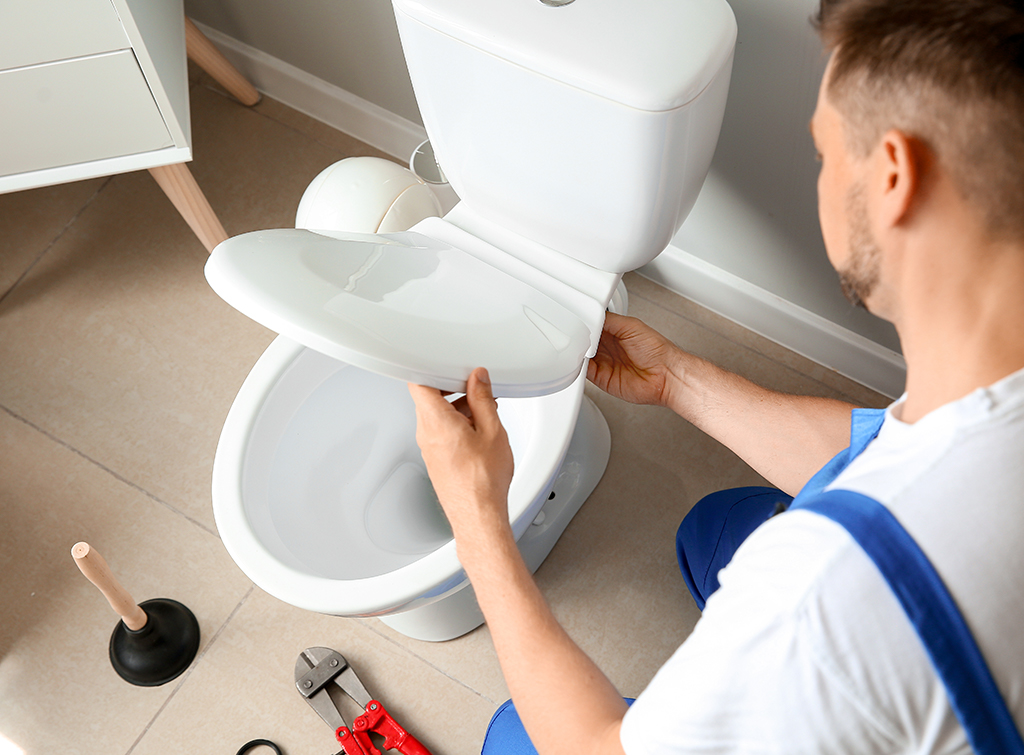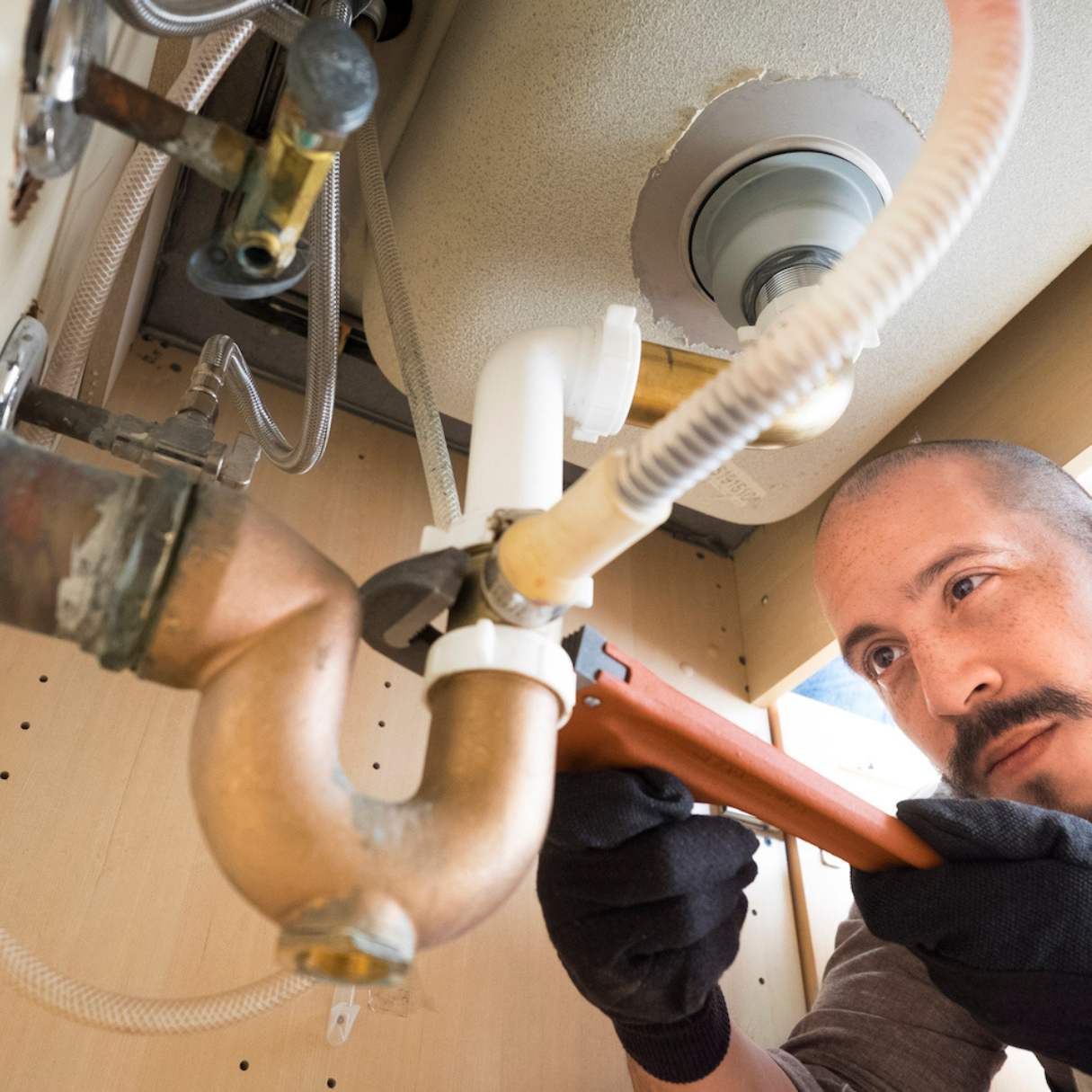Any individual may have their unique piece of advice in relation to 6 Essential Plumbing Checks for New Homeowners.

For brand-new house owners, understanding and keeping bathroom plumbing can save both time and money by protecting against costly issues down the line. Here are some vital shower room pipes ideas to aid you keep whatever running smoothly.
Familiarize Yourself with the Main Shut-Off Valve
Recognizing where the main water shut-off valve lies in your house is crucial. This allows you to rapidly turn off the water supply in case of major leaks or during pipes emergency situations, stopping substantial water damages.
Consistently Evaluate for Leakages
Little leakages can cause huge issues. Frequently inspect under sinks, around toilets, and near plumbing components for any kind of indicators of leaks. Look for wetness, little drips, or rust. Capturing and repairing leakages early can stop much more serious damages and save water.
Do Not Ignore Slow Drains Pipes
If your sink or tub is draining gradually, it's typically a sign of an obstruction forming. Resolving this early can prevent a full clog. Utilize a bettor or a plumbing professional's snake to clear out particles. Prevent utilizing chemical drain cleansers as they can harm your pipelines gradually.
Know What Not to Flush
Toilets are not garbage disposals. Stay clear of purging anything other than bathroom tissue and human waste. Items like wipes, womanly health products, and cotton bud should be taken care of in the trash to avoid obstructions and sewer back-ups.
Install Strainers in Drains
Area strainers in your sink and tub drains to catch hair and other particles before they enter your plumbing system. Cleansing the strainers on a regular basis will assist protect against accumulation and maintain water flowing easily.
Maintain Your Water Heater
Guarantee your hot water heater is readied to a suitable temperature (typically about 120 degrees Fahrenheit) to avoid hot and minimize energy use. Flush the container yearly to remove debris accumulation, which can lower the efficiency and lifespan of your heating unit.
Update Your Fixtures
If your home has older fixtures, consider upgrading to extra effective models. Modern commodes, showerheads, and faucets are made to make use of much less water while giving excellent stress, which can substantially reduce your water costs and ecological impact.
Be Cautious with Do It Yourself Plumbing Services
While it's appealing to deal with all home fixings on your own, be cautious with plumbing. Some concerns could call for professional competence, specifically if they entail primary water lines or sewer repair work. Hiring a professional can in some cases be much more affordable than do it yourself, particularly if it avoids more damages.
Prepare for Cold Weather
Protect your pipelines from freezing during winter by shielding pipelines in unheated areas like cellars, attics, and garages. During severe cold, let cold water drip from faucets offered by revealed pipelines to aid prevent cold.
Arrange Normal Maintenance
Think about scheduling annual evaluations with a certified plumber. They can identify concerns that you might miss, such as hidden leaks or deterioration on pipes and components. Normal upkeep aids expand the life of your plumbing system and can avoid emergencies.
Verdict
Recognizing and preserving your home's shower room pipes can avoid many usual concerns. By complying with these important tips, you can ensure your washroom stays functional and efficient, conserving you time and money in the long run.
Things to consider while plumbing your new bathroom
Underground pipes and stormwater drains
Once these have been successfully laid, your plumber will need to test the system to check for water tightness. After this, the area will be filled back with the excavated earth. Backfilling of plumbing works must be done with extreme care because debris or rocks that are backfilled into trenches must not cause any damage to the buried piping. A mixture of backfill needs to be used. For example, if lumpy clay is excavated, then the first 300-500 mm (millimetres) of backfill must consist of sandy, loose earth. On the contrary, if concrete needs to be paved at the top, then crushed and compacted earth should be used, especially when it comes to a deep excavation.
Pipes
Clean water enters the plumbing pipe from the primary water supply line. Unclean water is successfully pulled down by gravity to exit the system of pipes. Air blowing through all the vents ensures that the pipes stay clean and clear. This is a simple and self-sustaining setup that should survive the test of time, when done correctly.
Plumbing items and fixtures
If you are carrying out plumbing in a new house, you need to install plumbing items and fixtures before the completion of the house’s interiors. Showers, sinks, and tubs are easier to install when the doorways and walls have not yet been installed.
Sewer lines and septic tanks
Installing sewer lines and septic tanks is extremely challenging when it comes to a home’s plumbing system. Firstly, you need to know the septic tank’s size. This can be calculated by the total number of bedrooms in your house. The venting system of your septic tank must be flawless.
Placement and positioning of the main stack
The main stack is basically a pipe with a diameter of approximately 3-4 inches. It typically runs from your home’s basement to the terrace or roof. The lower section of the main stack is responsible for collecting wastewater from several other plumbing fixtures. The upper section is used for venting. While you are installing plumbing in your new house, you will need to find a spot where the main stack runs without interruptions.
Installing drains and vents
Drain and vent pipes are generally 1-1.5 inches in diameter. Pipes must slant at a quarter of an inch per foot to drain efficiently. Bends, where the pipes eventually join the main stack, must be smooth and not be angled sharply. Every plumbing fixture must have a trap beneath it, which will catch water and prevent obnoxious gases from gaining entry into your living quarters. Moreover, every fixture needs to be vented.
Waterproofing and final testing
Your plumber will most likely carry out waterproofing of retaining walls, lower rooms, and basements, where an underground sump is generally constructed to store water. Roofs, too, need specialised treatment, and plumbers need to take into account gutter overflows in regions that receive heavy rainfall.
After the complete plumbing has been installed in your new home, every single thing should be tested to ensure adequate functionality and immaculate efficiency. This includes all water supply sources, bathroom fixtures, and sewerage.
https://www.jswonehomes.com/blogs/Construction/things-to-consider-when-plumbing-your-new-bathroom

Here